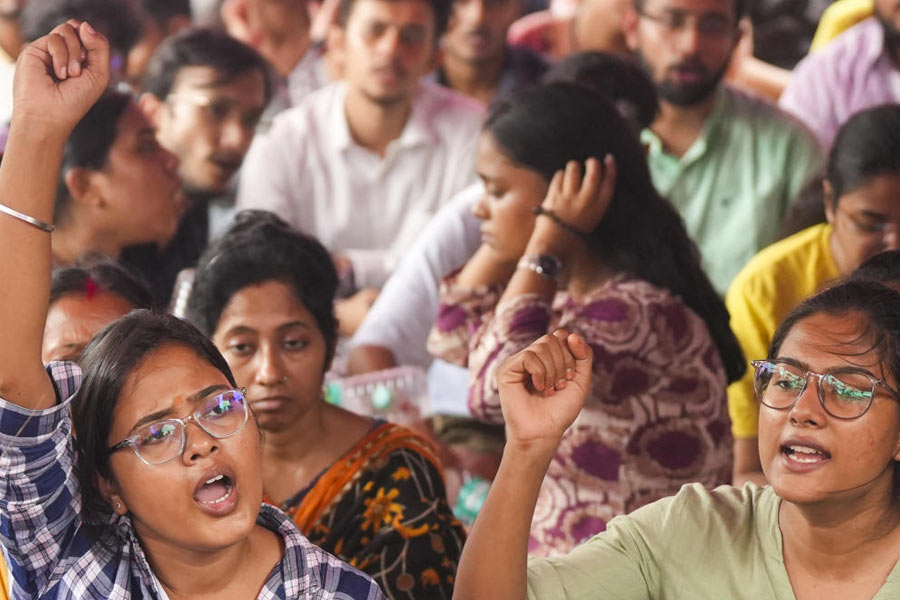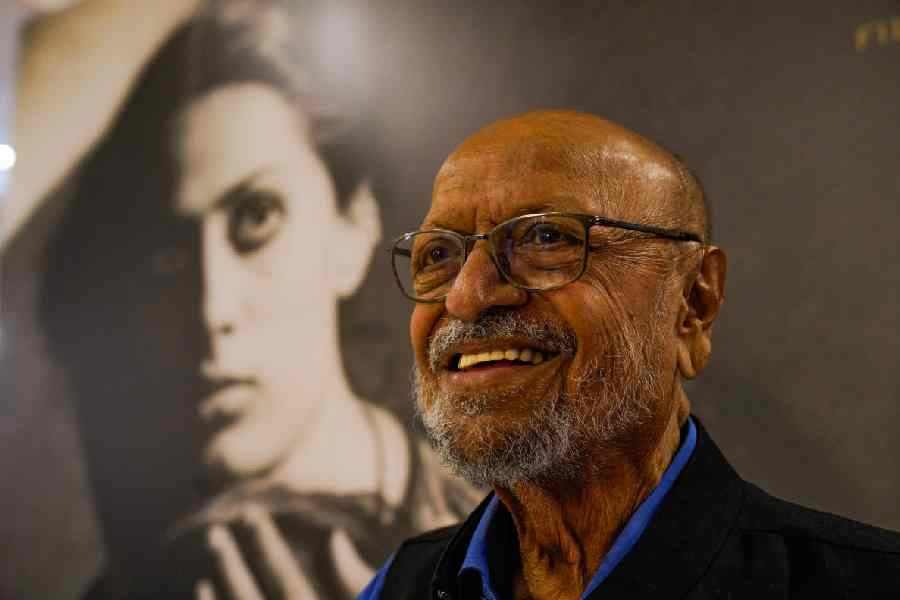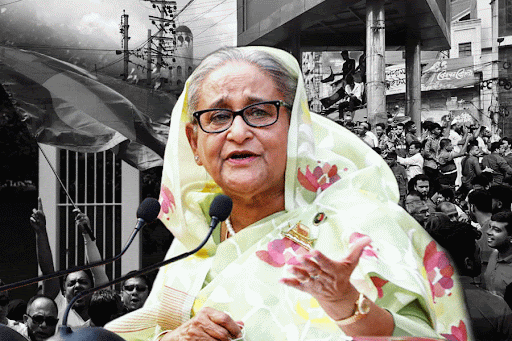The cease-work by junior doctors demanding justice for their colleague who was raped and murdered at the R.G. Kar Medical College and Hospital concluded after 42 days with the medical personnel deciding to resume ‘essential services’. Calcutta has been a witness to various protests over the years. But the long agitation by junior doctors was novel in certain aspects that merit a closer scrutiny of the stir. For instance, the response it generated was overwhelming, especially among the middle class. The belief that the middle class is laconic when it comes to mobilising for a social cause — in this case, justice for the victim of rape and murder — has been effectively challenged. Despite sit-ins and marches, the movement abjured violence; this was another remarkable trait in a state known for political and civic unrest. What also deserves attention is the civility that was adhered to by the protesters. The speeches and the slogans that were heard during the demonstrations were refreshingly shorn of the rudeness and the discourtesy that are now the hallmarks of public engagements, especially those that mark the sphere of Indian politics. The cease-work may have ended but the demands of the doctors and of the people — for justice for the victim of a heinous crime as well as larger, systemic transformations in the health sector — remain unassuaged. The challenge now for the doctors would be to sustain the movement in the long run till these goals are met.
But no objective appraisal of the doctors’ protest can ignore its flip side. The principal criticism directed at the physicians was over their decision to refrain from work in the course of their agitation. This had a severe impact on Bengal’s already stretched public health services: in fact, recent data from hospitals across the country have shown that the nationwide doctors’ cease-work had the most crippling effect in Bengal. Even nudges from the Supreme Court as well as repeated pleas from the Bengal government for the doctors to resume their duties had fallen on deaf ears. This has set an undesirable precedent for the future in a state that is no stranger to inflexible — rogue — negotiation tactics. Another relevant aspect concerns the claim that the movement has succeeded in keeping most mainstream political parties at arm’s length. But was it apolitical? Allegations of the influence of radical political elements, especially from the Left, had popped up on numerous occasions. The claim of the stir being apolitical in the truest sense is perhaps a bit far-fetched.











